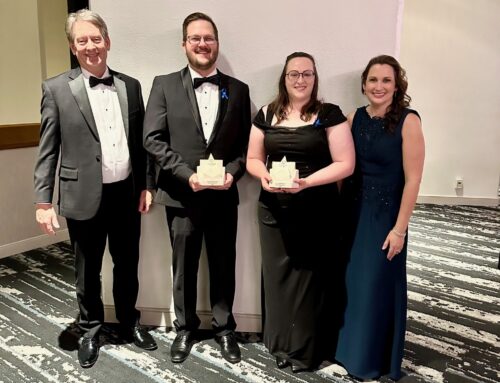
MEIT-Built Payload Brings Together Five DOD and Three NASA Experiments
The Space Test Program-Houston 4 (STP-H4) project is the latest MEIT-built payload that brings five Department of Defense (DOD) and three NASA experiments together on one pallet. The STP-H4 payload complement is integrated and flown under the management of DoD’s Space Test Program (STP) Houston Office, with Mission design leadership from the STP’s Dr. Perry Ballard. This payload complement allows another low-cost opportunity for multiple agencies to perform on-orbit research and technology demonstration experiments from the International Space Station (ISS). This week STP-H4, built by the MEIT DOD Human Exploration Payload (DHEP) Contract team, and led by MEIT’s Robert Plunkett, will be shipped to JAXA’s Tanegashima Space Center in Japan where it will go through its final ground checkouts and closeouts. It will then be installed on the Japanese H-IIb Transfer Vehicle (HTV) for launch to the ISS.
This payload began its life in the spring of 2011 when scientists from the Naval Research Laboratory, the Air Force Research Laboratory, the Air Force Academy, and NASA’s Goddard Spaceflight Center gained approval from the Space Test Program to receive launch integration services for the STP-H4 mission. Once the STP Houston Human Spaceflight Payloads Office chose the experiments, the MEIT DHEP team began working to design and build the structure, power, and avionics systems required to make these eight disparate components function together on an ExPRESS Logistics Carrier (ELC) mounted on the outside of the ISS. Oceaneering Space Systems (OSS) provided the analysis and manufacturing of the STP-H4 structure, as well as the Multi-Layer Insulation blankets needed to provide proper thermal environments to the various components. The Aerospace Corporation provided mission assurance and thermal design/analysis positions on the STP-H4 team.
Physical, electrical, and functional integration of the payload
components began in March 2012 with the delivery of the first avionics
box and the completion of the primary structure. Final integration and
functional checks were completed at the end of June 2012, and
environmental testing began the first week of July. The testing campaign
included random vibration testing, Electro-magnetic interference and
compatibility testing, thermal vacuum testing, weight and center of
gravity testing, and finally end-to-end verification testing with ISS
component simulators and the payload ground stations.
Once STP-H4 reaches the ISS and is installed onto the ELC via robotic arm transfers, the MEIT operators will perform the initial checkout of the payload. STP-H4 will then be operated from five remote Payload Operation Control Centers (POCCs) at each of the experimenters’ facilities. The MEIT operations team will provide operations management to coordinate the command windows between the eight experiments and the NASA operations team. They will also perform commanding and data down-linking duties in the event the experimenters at the other POCCs are unable to do so.
Delivering the payload to the launch site marks the entrance into
the final ground processing stage and transitions to the payload team
into preparations for on-orbit operations. Just shy of two years after
beginning the project, STP-H4 is now ready to launch and begin
generating data that will benefit the future of spaceflight for the DOD
and NASA.





